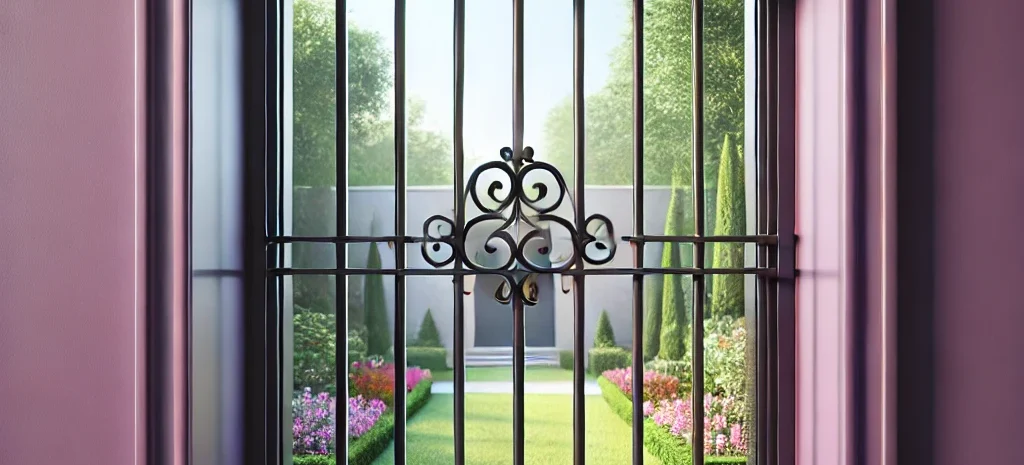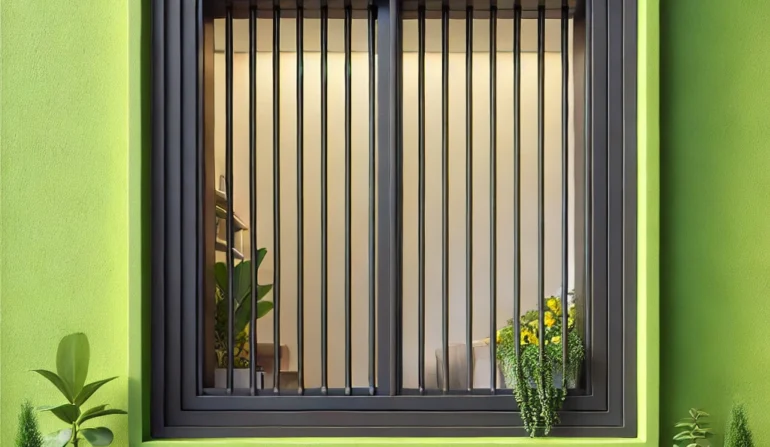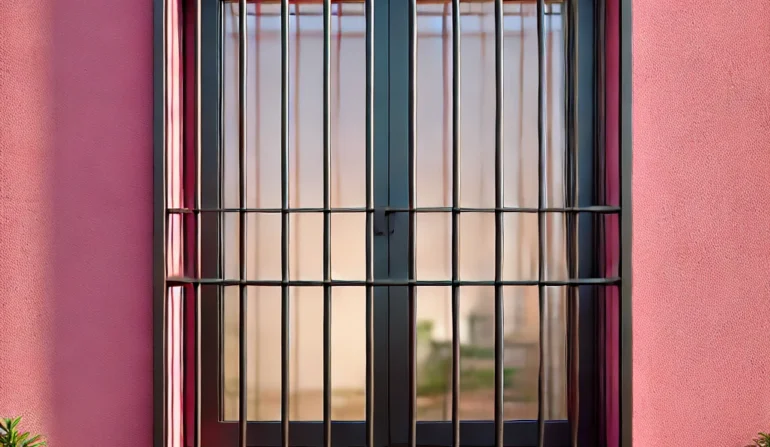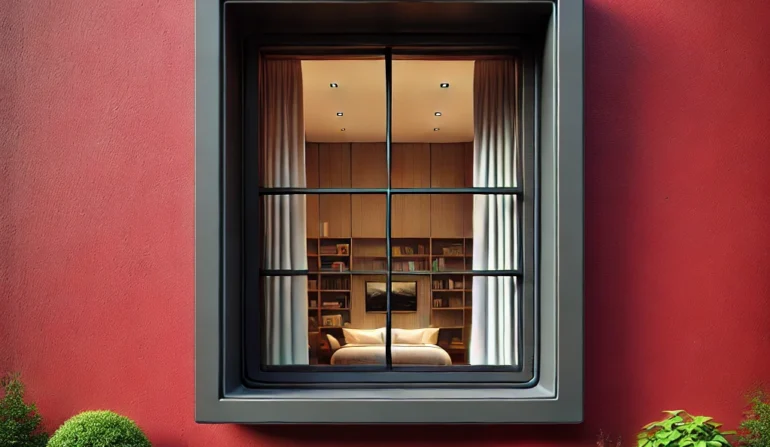Windows are crucial elements of any building, providing natural light and ventilation, but they can also be vulnerable entry points. Internal window bars offer a secure, unobtrusive solution for enhancing indoor security. Unlike exterior bars, internal window bars are installed on the inside, which makes them less visible from outside while providing robust protection.
In this guide, we’ll explore the key benefits, types, materials, and installation options for internal window bars, helping you understand how to enhance your home’s security without compromising on style or functionality.
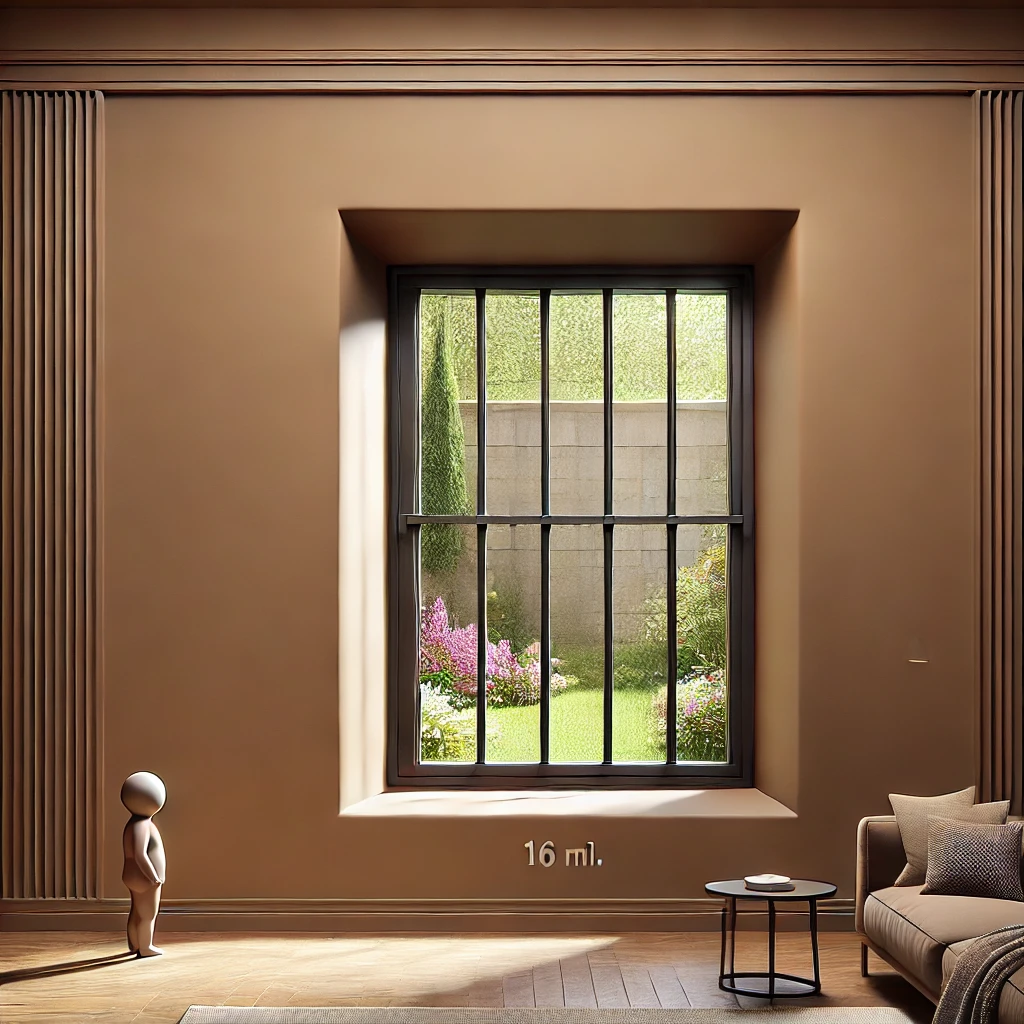
What Are Internal Window Bars?
Internal window bars are metal bars installed on the interior side of windows to prevent unauthorized entry. Unlike traditional exterior bars, internal bars are less visible from the outside but provide the same level of security. These bars are often preferred for residential use due to their discreet appearance and effective security.
Key Benefits of Internal Window Bars
Internal window bars offer several advantages, making them a popular choice for home and office security. Here are the main benefits:
- Enhanced Indoor Security: Internal window bars create a physical barrier, deterring intruders and making it harder for them to gain entry through windows.
- Discreet Appearance: Since they’re installed inside, internal bars maintain the exterior look of the building, which is ideal for homes with strict aesthetic guidelines or historic properties.
- Weather Protection: Being inside, these bars are protected from the elements, which minimizes wear and tear and reduces the need for regular maintenance.
- Added Safety for Families: Internal window bars provide an extra layer of safety for families with young children or pets, preventing accidental falls from windows.
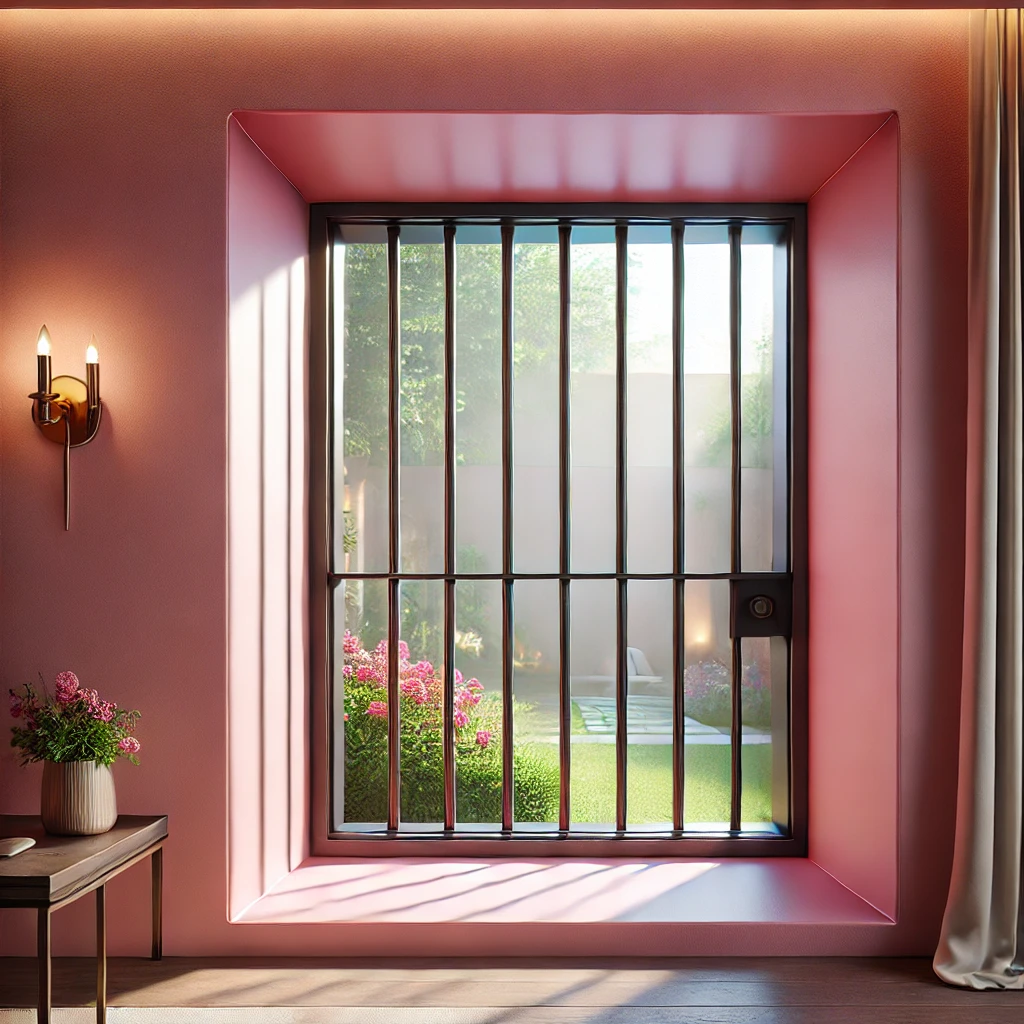
Types of Internal Window Bars
There are several types of internal window bars designed to cater to different security needs and aesthetic preferences:
- Fixed Bars: Fixed internal bars are permanently mounted and provide a high level of security. These are commonly used for windows that don’t require frequent access or ventilation.
- Removable Bars: Removable bars are designed to be easily installed or removed, offering flexibility for cleaning or emergency exits. They are often used in windows where occasional access is needed.
- Swing-Away Bars: Attached with hinges, swing-away bars can be opened from the inside. These bars offer a balance between security and accessibility, making them ideal for bedrooms or emergency exit windows.
- Telescopic Bars: Telescopic bars can be adjusted to fit various window sizes and are easy to install. They are a popular choice for renters or temporary installations since they don’t require drilling or permanent attachment.
Each type offers unique advantages depending on the desired level of security, access requirements, and window location.
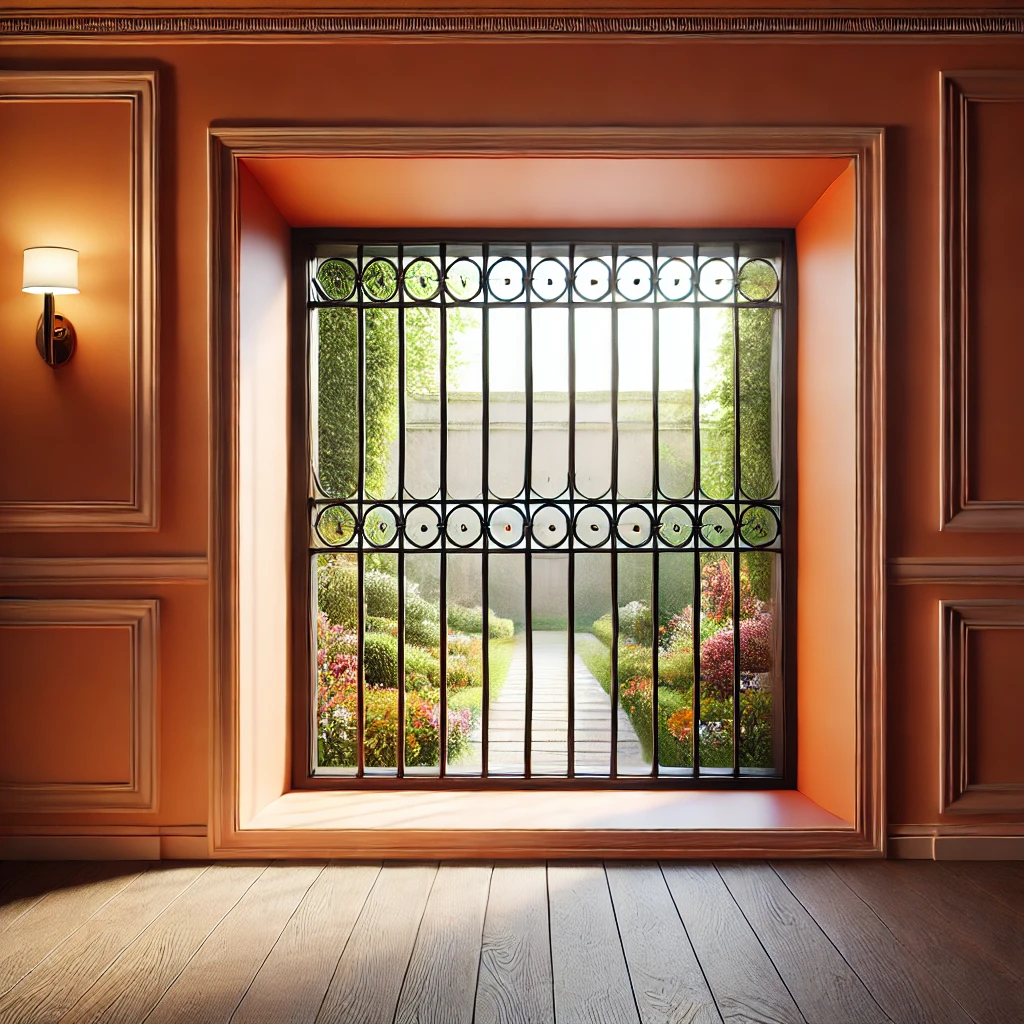
Materials Used for Internal Window Bars
The strength and longevity of internal window bars largely depend on the materials used. Here are the most common materials:
- Steel: Known for its high strength and durability, steel is the most popular material for internal window bars. Powder-coated or painted steel bars are resistant to rust, making them a long-lasting choice.
- Aluminum: Lightweight and corrosion-resistant, aluminum bars are easier to install and maintain. Although not as strong as steel, aluminum provides reliable security for most residential applications.
- Wrought Iron: Wrought iron offers a classic, decorative look while providing strength and security. It is often used for decorative internal bars and can be customized to suit different interior designs.
- Polycarbonate: This transparent material is often used for security screens rather than bars. While not as strong as metal, polycarbonate provides a level of impact resistance without obstructing views.
Choosing the right material depends on factors like the desired level of security, the room’s aesthetic, and maintenance requirements.
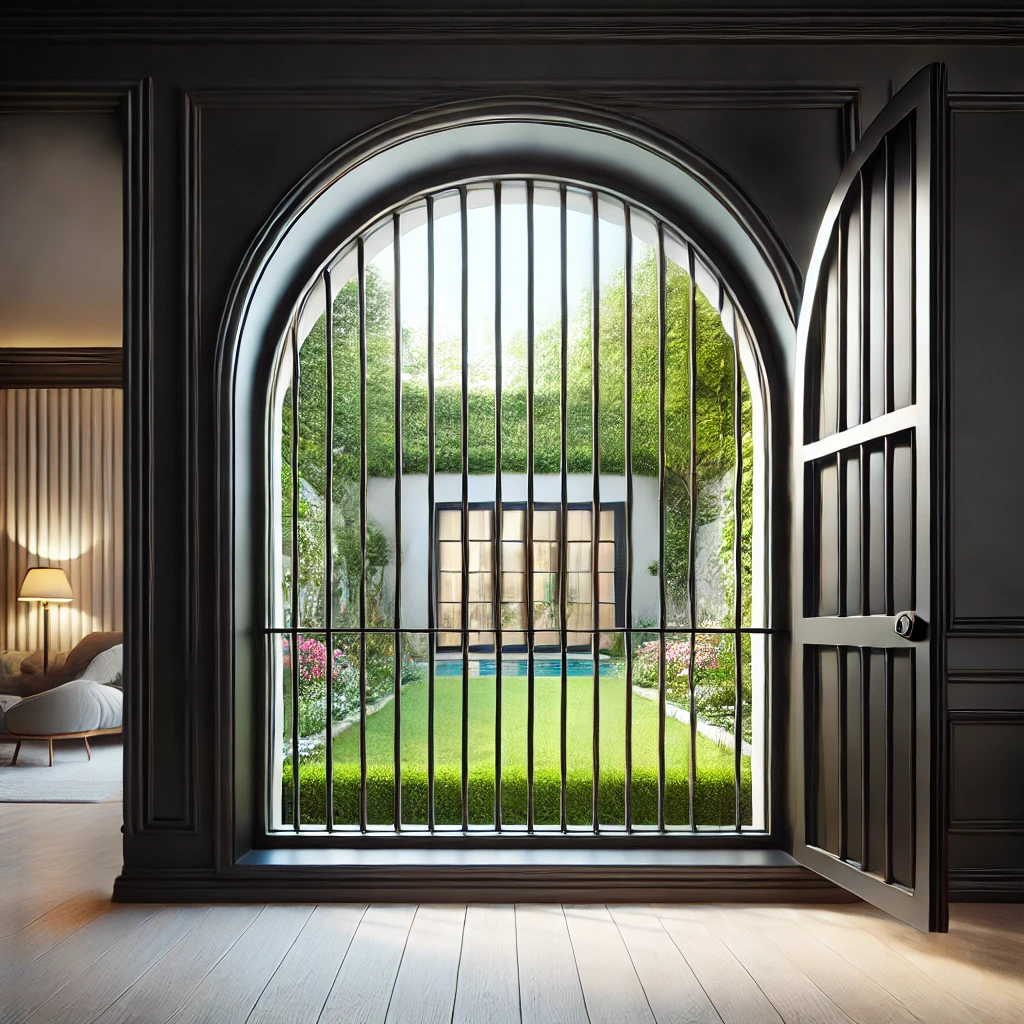
Design Options for Internal Window Bars
Internal window bars come in a variety of styles that cater to both security and interior design:
- Traditional Horizontal or Vertical Bars: These basic designs provide maximum security with a clean, simple look that suits most modern interiors.
- Decorative Patterns: Some bars feature artistic patterns, such as scrolls or geometric shapes, adding a decorative element to the room’s design. Decorative bars are ideal for living rooms or entryway windows.
- Invisible Grills: Made from thin cables or polycarbonate screens, invisible grills offer a discreet appearance, providing security without visibly blocking the window. They are commonly used in minimalist or modern interiors.
- Custom Designs: Many manufacturers offer custom designs, allowing homeowners to choose specific colors, finishes, and patterns to complement their decor.
The right design can enhance both security and aesthetics, making internal window bars a stylish addition to any room.

Reinforcing Home Security with Internal Window Bars
Internal window bars offer an effective, discreet way to enhance home security without altering the building’s exterior appearance. With various types, materials, and designs available, homeowners can select the option that best meets their security needs and aesthetic preferences.
From basic fixed bars to elegant decorative options, internal window bars are a versatile security feature that adds value, safety, and peace of mind. Whether installed in a bedroom, office, or living room, they provide an extra layer of security while blending seamlessly with your interior design.

